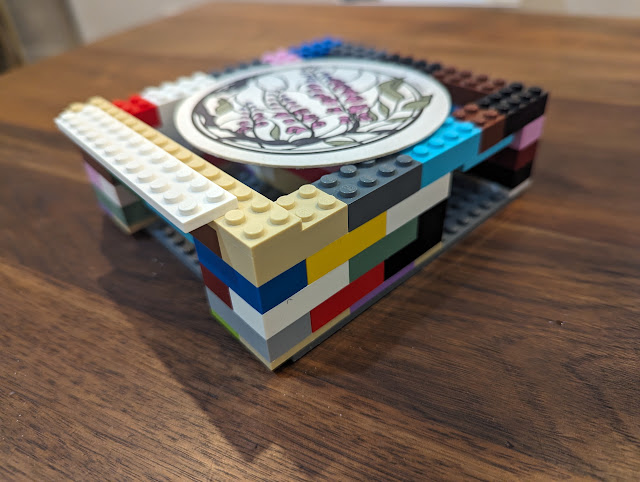Drystacking Pizza Oven Stand And Filling Cores - June 2024

Last week, my pizza oven build update included how I had purchased a 10" wetsaw and mortared in the first course of the cinder block stand . On top of that first course of block sits the rest of the stand, but I opted to simply dry-stack them in place. The height of the oven floor is one of the biggest build considerations and I'm aiming for between 44 and 46 inches in height. Based on some tests, that's where I'm comfortable and want to aim to hit when I build the stand, add the insulation and place the floor. The floor is made of medium-duty firebricks that are 2.5" thick. Set on a thin base of high heat mortar and/or sand. Call it 1/4". 4" of insulation below that puts me at 6.75" of height. The hearth has a little bit of flexibility in it - thickness-wise. But, call it about 4 to 5 inches thick. That means, I needed to do a little math to figure out how many courses I needed to build. 46 inches minus 6.75...
.jpg)

